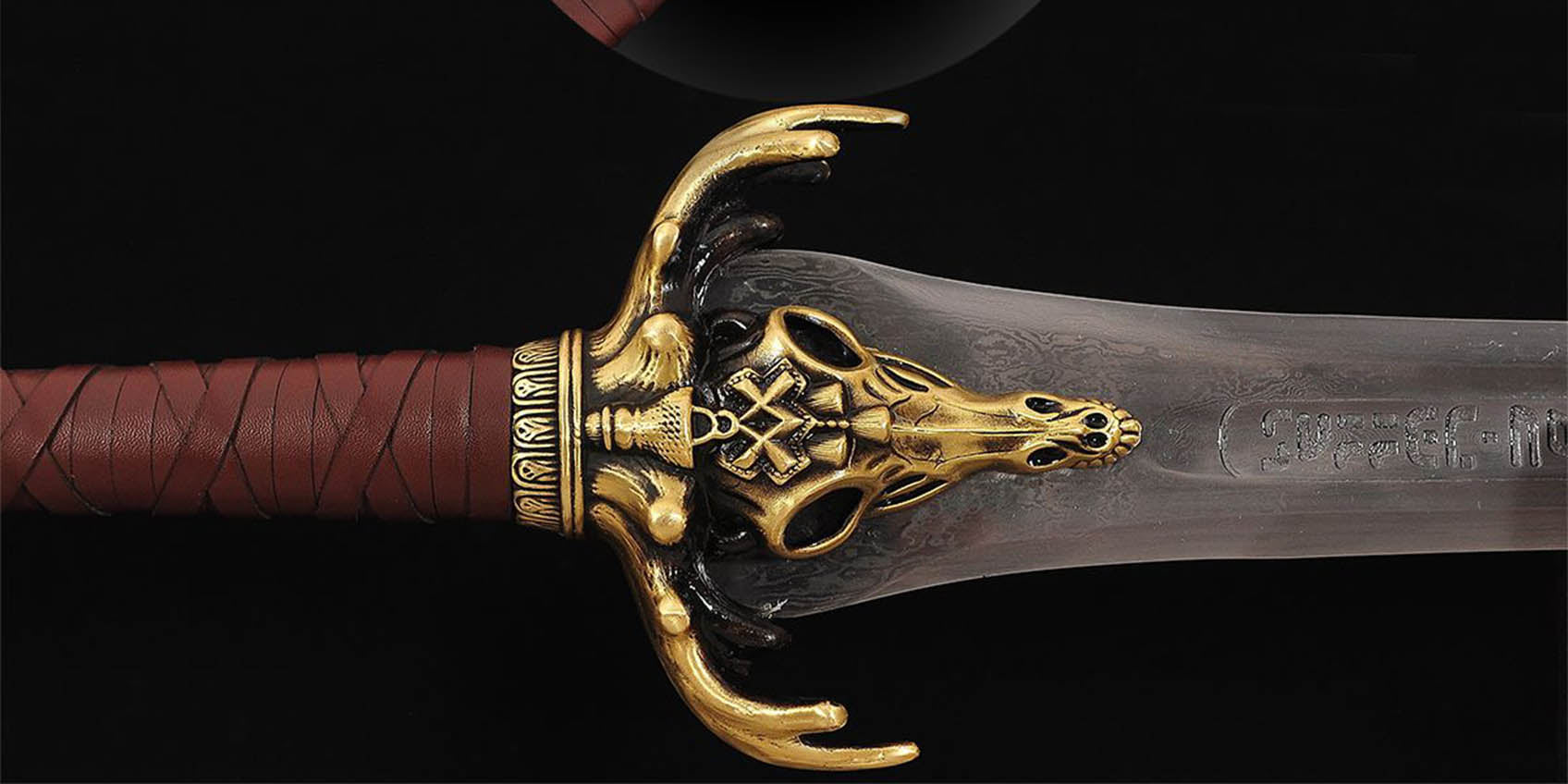Broadsword vs Longsword: A Comprehensive Comparison of Two Weapons

Broadsword vs Longsword: A Comprehensive Comparison of Two Classic Weapons
Swords have always played a crucial role in history, with the Broadsword and Longsword standing out as two of the most iconic weapons. While they may appear similar at first glance, their designs, uses, and historical significance make them distinct. This article provides a detailed comparison of the Broadsword and Longsword, highlighting their differences in design, combat applications, and historical relevance.
What is a Broadsword?
The Broadsword is a wide-bladed, double-edged sword known for its durability and powerful slashing capability. Popular in medieval Europe, it was commonly used by knights and soldiers, particularly in close combat scenarios.
Characteristics of a Broadsword
- Wide Blade: The Broadsword features a broad blade, typically 3-4 cm wide, which enhances its cutting power.
- Double-Edged Design: Its double-edged blade allows for both slashing and thrusting attacks.
- Heavier Build: The Broadsword is slightly heavier than a Longsword, making it effective in breaking through armor.
- Historical Context: Widely used during the 15th century, Broadswords were ideal for combating heavily armored opponents and were a staple of medieval knights.
Advantages of the Broadsword
- Armor-Piercing Capability: Its wide and heavy blade was designed to break through plate armor.
- Durability: Made with robust materials, the Broadsword could withstand intense battles.
- Versatility: Its design allowed for effective slashing, thrusting, and defensive maneuvers.
What is a Longsword?
The Longsword is a lightweight, elongated sword often used by knights and soldiers in late medieval Europe. Known for its speed and flexibility, the Longsword excels in both offensive and defensive combat techniques.
Characteristics of a Longsword
- Narrow, Long Blade: The blade is longer and slimmer compared to a Broadsword, measuring around 90-110 cm in length.
- Two-Handed Grip: Designed for two-handed use, the Longsword provides enhanced control and precision.
- Lighter Weight: The Longsword is lighter than a Broadsword, allowing for faster movements.
- Combat Flexibility: Its design favors swift attacks and advanced techniques, making it ideal for both dueling and battlefield engagements.
Advantages of the Longsword
- Speed and Precision: Its lighter design enables quick and agile movements.
- Reach Advantage: The Longsword's length allows the wielder to maintain distance from their opponent.
- Highly Technical: Longsword techniques emphasize skill, making it a favorite in swordsmanship schools and historical fencing.
Broadsword vs Longsword: Key Differences
| Features | Broadsword | Longsword |
|---|---|---|
| Blade Design | Wide and sturdy, ideal for powerful cuts | Slim and elongated, perfect for swift attacks |
| Weight | Heavier, suitable for close combat | Lighter, ideal for agile maneuvers |
| Grip | Single-handed or two-handed | Primarily two-handed |
| Combat Style | Emphasizes strength and armor-piercing | Focuses on speed, skill, and versatility |
| Historical Use | Favored by heavily armored knights | Popular among knights and soldiers in duels |
| Applications | Close-quarters combat, breaking through armor | Flexible for a variety of combat scenarios |
Historical Significance of the Broadsword and Longsword
The Broadsword in History
The Broadsword symbolizes the height of medieval European warfare. Its robust design made it the weapon of choice for knights in the 15th century, where heavy armor was commonplace. Not only a tool for combat, the Broadsword also served as a status symbol for the medieval elite. As firearms became more prevalent, the Broadsword gradually fell out of use, but its legacy remains an integral part of European martial history.
The Longsword in History
The Longsword gained prominence during the late medieval period, where its lightweight and versatile design complemented the rise of fencing and advanced swordsmanship techniques. Its length and balance allowed for intricate combat maneuvers, making it popular in dueling and formalized combat. Even in modern times, the Longsword is widely used in historical European martial arts (HEMA) and reenactments.
Modern Uses of the Broadsword and Longsword
Broadsword
Today, Broadswords are primarily used in:
- Historical Reenactments: As part of medieval events or films, the Broadsword plays a key role in recreating historical battles.
- Collecting: Due to their sturdy build and historical value, Broadswords are a favorite among weapon collectors.
- Stage Combat: Their imposing size and design make Broadswords ideal for dramatic sword fights in movies and theater.
Longsword
The Longsword remains a popular choice for:
- Historical Fencing: Practiced in HEMA, Longsword techniques focus on both offensive and defensive combat.
- Martial Arts Training: Longswords are widely used in training and competitions focused on traditional European swordsmanship.
- Collecting and Display: Their elegant design and historical significance make Longswords highly sought after by enthusiasts.
coolkatana.com
Conclusion: Broadsword vs Longsword—Which is Right for You?
Choosing between a Broadsword and a Longsword depends on your personal preferences and intended use. If you value power and durability, the Broadsword is an excellent choice. However, if you prioritize speed, precision, and versatility, the Longsword is the better option. Both swords represent pivotal moments in medieval history and remain iconic symbols of craftsmanship and combat.



